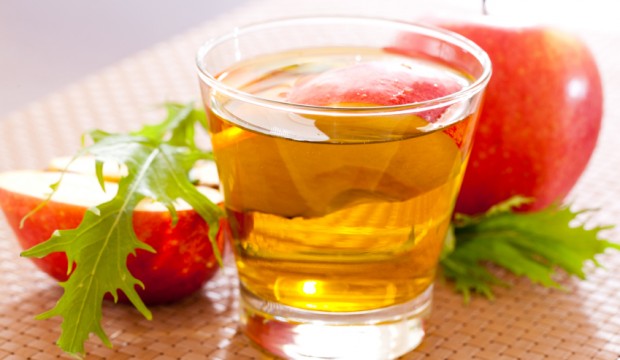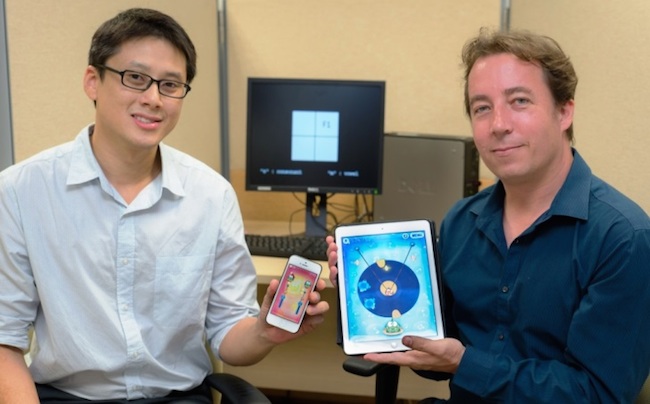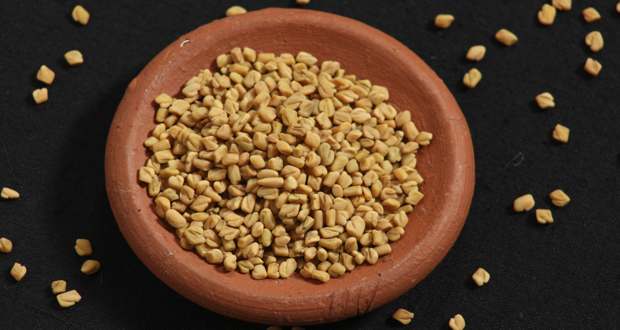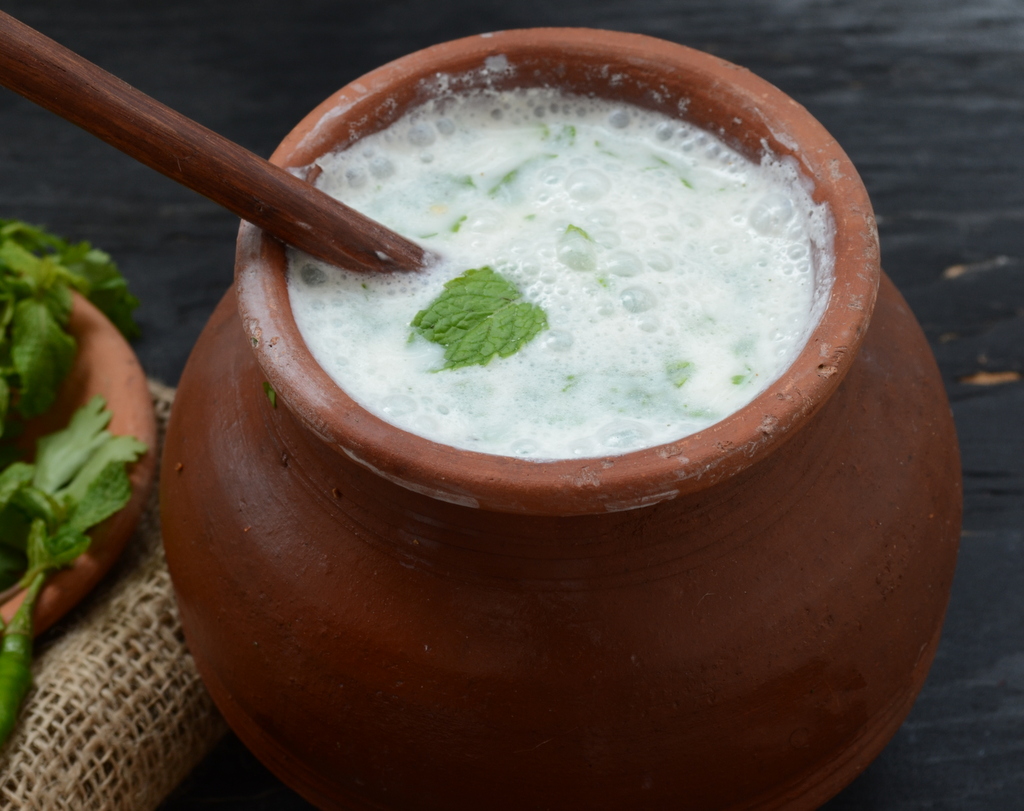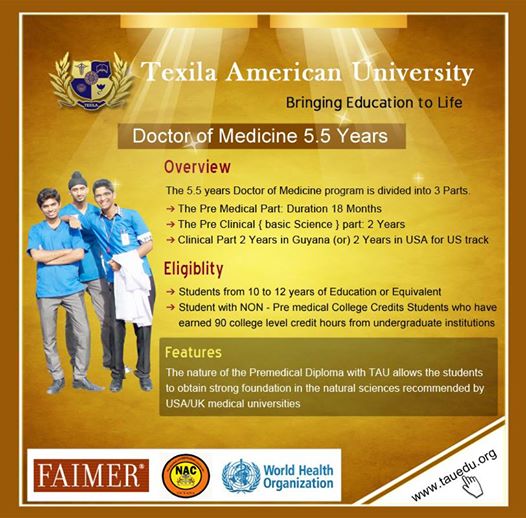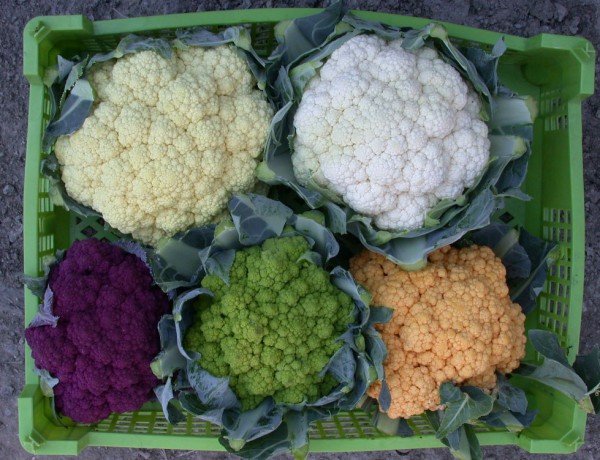
Delicious and nutritious vegetables that are easy to prepare in different ways and there’s a market almost throughout the year.
Head (rose, lump) cauliflower, depending on the variety and growing conditions, it can be bigger or smaller, less firm and compact, usually ribbed and grained, cream to yellow. It contains a lot of water (about 90%), and most of the nutrients have carbohydrates (4.9%), protein (2.4%), and some fat (0.2%), and no cholesterol.
There’s a lot of fiber. 100 g of raw cauliflower provide 23 calories and 10 calories cooked. Most of the vitamin is vitamin C (70 mg), and some of thiamine (B1), riboflavin (B2), and some vitamin A. Contains some of the most prevalent minerals as potassium, iron, calcium and phosphorus. Cauliflower is vitamin food, as far as the content of vitamin C, as 100 g cauliflower contains more vitamin C than the RDA for this vitamin, briefly boiled cauliflower and still has about 55 mg of vitamin D, which is equal daily requirement of a healthy person . It can be eaten raw in salads (which keeps the maximum vitamin C), and if you cook it, it is best to briefly steaming which largely preserves beneficial substances that contain cauliflower.
HEALING PROPERTIES
- -Prevent development of heart disease and cancer by eating cauliflower
- -Reducing the risk of cancer, particularly cancer of the colon and stomach.
- -According to research by the American Cancer Society for the fight against cancer, cauliflower and other vegetables from the family of cruciferous vegetables (cabbage, kale, radishes), rich in vitamins A and C and fiber, may reduce the risk of cancers of the digestive and respiratory organs and the prostate. Cauliflower is even ranked highly on the list of the patron of cancer, according to estimations of experts from different countries. Scientists believe that the ingredients of cauliflower as indole and others, stimulate natural defenses and detoxification of the body, allowing it to neutralize or prevent carcinogenic substances that attack the tissue and turn it into a carcinogen. Since contains something carotene and chlorophyll, has some effect on the prevention of lung cancer, which are particularly exposed to smokers.
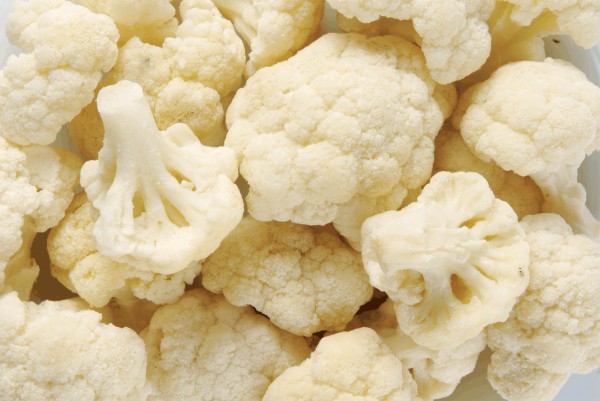
Protects against breast cancer
Cauliflower has estrogen activity – affects the levels of estrogen,female hormone, which plays a major role in the development of hormone dependent breast cancer. Women who regularly consume cauliflower and other cruciferous vegetables (cabbage, broccoli) have a lower risk of developing breast cancer.
There are studies that show that eating large amounts of cauliflower may help reduce fibrocystic breast changes. Acceleration of the metabolism of estrogen affect its removal from the body and prevents the growth of nodules.
Purifies the body
Content of a large number of antioxidants released organisms from harmful substances (detoxification) caused by bad food and the effects of harmful substances from the environment
Prevent development of cancer by eating cauliflower
It is rich in antioxidants that prevent cell mutations that can lead to cancer. Particularly examined the effect on colon cancer. Due to the content of dietary fiber reduces the effect of carcinogenic substances, antioxidants and other anticancer substances (especially indole) reduces cell proliferation and the formation of polyps that lead to colon cancer. By eating cauliflower can prevent the onset of polyps and cancer.
Reduces cholesterol
A good source of soluble fiber, which reduces cholesterol absorption and its level in the blood. Reduces atherosclerosis, decrease the risk of heart disease, primarily heart disease and stroke.
The Fat loss Factor see here!!!
Other medicinal properties
Reduces damage to nerve cells and regular intake reduces the risk of Parkinson’s disease and multiple sclerosis. It is beneficial in a number of inflammatory diseases, rheumatism and asthma. It contains a lot of potassium and if consumed without salt effect on blood pressure.
There is plenty of calcium and bone strength gives. Favorable ratio of phosphorus and calcium, with low sodium to calcium absorption and preventing osteoporosis. It has a low calorific value, and long to digest and is recommended for people who want to lose weight.
Caution
Prolonged cooking destroys some pharmaceutical properties of cauliflower. Eat it raw, partially cooked or stored in a microwave oven. Cauliflower can exacerbate the symptoms of Crohn’s disease patients.
Source: secretly healthy










